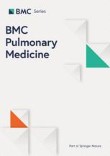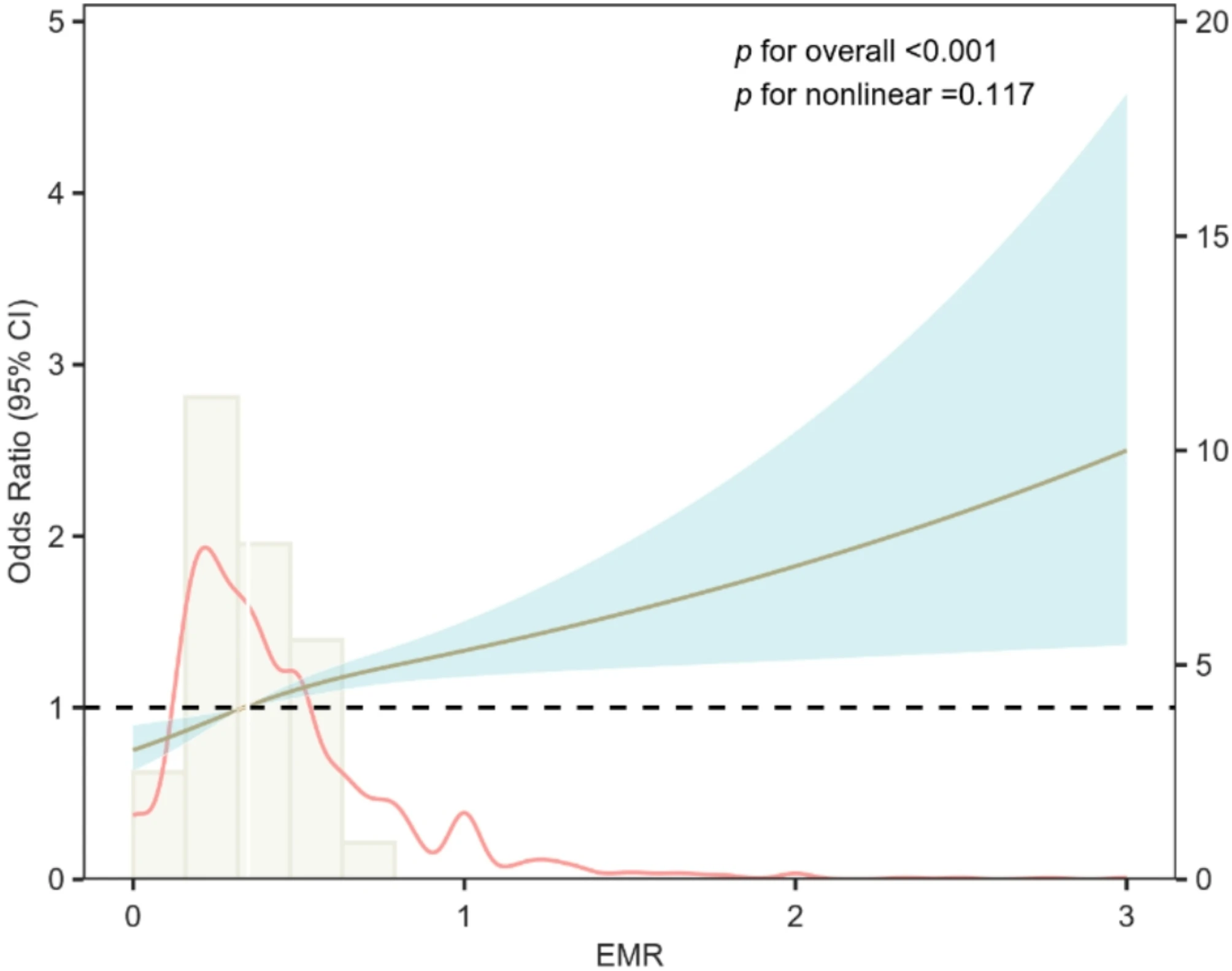
Xie, C., Chen, J., Chen, H. et al. BMC Pulm Med 25, 172 (2025). https://doi.org/10.1186/s12890-025-03617-w
Abstract
Background
The eosinophil-to-monocyte ratio (EMR) has emerged as a promising biomarker for assessing inflammation in various diseases, and this study aims to investigate its potential in predicting asthma exacerbations.
Methods
This cross-sectional study used data from the National Health and Nutrition Examination Survey (NHANES) 1999–2020. A total of 4,738 adults were included in the analysis, and weighted analyses were performed to ensure a representative sample of the general population. The relationship between EMR and asthma exacerbation risk was assessed using multivariable logistic regression with progressively adjusted covariates across multiple models. Subgroup analyses were performed by stratifying key covariates to explore interactions. Restricted cubic spline (RCS) analysis was applied to evaluate non-linear relationships. Sensitivity analyses confirmed the robustness and reliability of the results.
Results

Elevated EMR levels were significantly associated with an increased risk of asthma exacerbations (p < 0.001 in all models). In the highest EMR quartile (Q4), the odds ratio for exacerbation compared to the lowest quartile (Q1) was 1.54 (95% CI: 1.23, 1.93) in Model 1, increasing to 1.56 (95% CI: 1.24, 1.97) in Model 2 and 1.58 (95% CI: 1.24, 2.02) in Model 3, after further adjustments. Subgroup analyses showed consistent associations across various characteristics (all p for interaction > 0.05), while RCS analysis revealed a linear relationship without threshold effects (p for nonlinear > 0.05).
Conclusion
EMR demonstrates strong potential as a biomarker for predicting asthma exacerbations, with implications for personalized asthma management.
